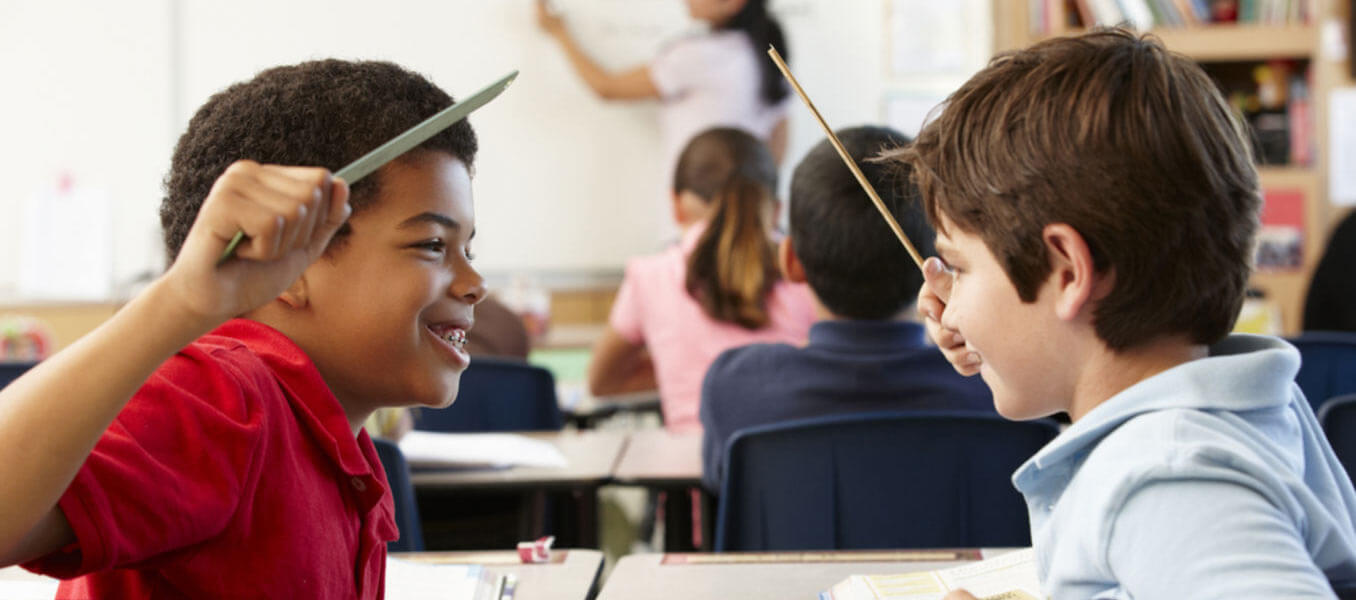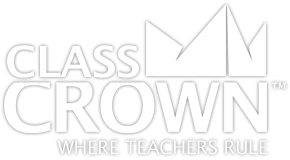
Most teachers know that a teacher is only as effective at teaching as she is good at managing her classroom. Even if a teacher is bright and has excellent lesson plans prepared every day, if she is ineffective at classroom management, her students will not be able to learn the material she has prepared. A teacher whose lesson plans are not as thorough or well thought out will still be a better teacher if she is able to manage her students’ behavior and on task learning more effectively.
Because of this, it is vital that we as teachers have strategies for handling the inevitable classroom disruptions that occur. The following are my best tried and true tips for responding to disruptions:
- Prevent Disruptions:
You know the old adage: “An ounce of prevention is worth a pound of cure.” This is true in the classroom as well. If you have systems in place to prevent disruptions from occurring in the first place, you will have won more than half the battle. Several techniques are absolutely vital for preventing disruptions. Here are couple of the most important:
- Procedures for Transition Times: Have procedures in place for beginning work and transitioning from one activity to another. Most disruptions occur when students are in transition from one task to another. Have clear procedures for these moments. For example, have a clear procedure for transitioning from seatwork to carpet time. Or a very specific procedure for turning papers in and beginning the next assignment.
- Have Clear Expectations: Your students should know ahead of time what the consequence will be if they engage in disruptive behavior. They should never have to guess whether or not they will “get away with it.” If your students are aware of the consequences for their behavior, they will be less likely to be disruptive in the first place.
- Practice Staying Calm:
It is very easy to begin to feel out of control when you notice disruptive behavior in the classroom, especially if it is typically from the same one or two students every time. Learn to breathe deeply, remember that you’ve handled these situations before, and that you can regain order again. Do not allow yourself to fall into nagging and learn to let your body language inform students that you are not going to be rattled by their behavior. - Respond to Disruptive Behavior Immediately:
Sometimes it seems easier to ignore small disruptive behavior, especially if you are in the middle of something else that seems important. You might hope that it will stop or that you can get a moment to deal with it when you finish whatever important task you are currently doing. DO NOT give in to the temptation to ignore smaller disruptions! They are very costly because they can quickly spiral into large disruptions as students see that they are getting away with it.For example, let’s say you are in the middle of teaching a lesson. Most students are engaged, taking notes, asking questions, etc. You notice, however, that two of your students are quietly chatting in the back corner. You are in the middle of answering another student’s important question and you’d rather continue with that and hope that the talking students just had a quick thing to say and will stop talking soon. DO NOT ignore the talking! Quickly and calmly address the situation and remind the students in a normal, non-confrontational tone and with clear body language (eye contact, turn your body towards them, walk toward them if necessary) that this is not a time for talking. When you address the problem right away, the disruptive behavior will not have a chance to escalate and the rest of the class will not be tempted to engage in similar disruptive behavior.
- Be Consistent:
This one is hard, but absolutely vital. Students must know that the way that you respond to disruptions is entirely consistent. If students think that you will relent or ignore 1 in every 10 times, the stronger willed students will be tempted to push their luck and see what they can get away with. However, if students can accurately predict your response to their disruptions and they know that you will not ignore, they will be much less tempted to be disruptive in the first place. - Invest In Relationships:
This easily could have been in the first point above about prevention, but it can occur anytime, even if you and a particular student have had a tenuous relationship in the past. If students know that you are invested in them as people, they are much more likely to respect your authority. Ask students appropriate questions about their lives, hopes, goals, struggles, etc. Praise them for good behavior and smile often. Don’t take past issues personally and don’t personalize current disruptions either. It’s really not about you. Each of your students comes to you with a unique personality, set of circumstances, possible learning differences, etc. Do your best to appreciate them for who they are, warts and all, but expect their personal best as you model yours.
Hopefully these tips will help you manage your classroom well so that you can be an effective teacher.

